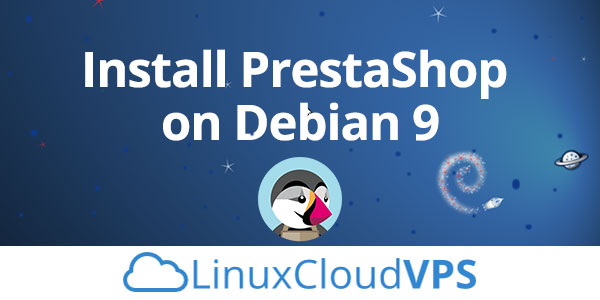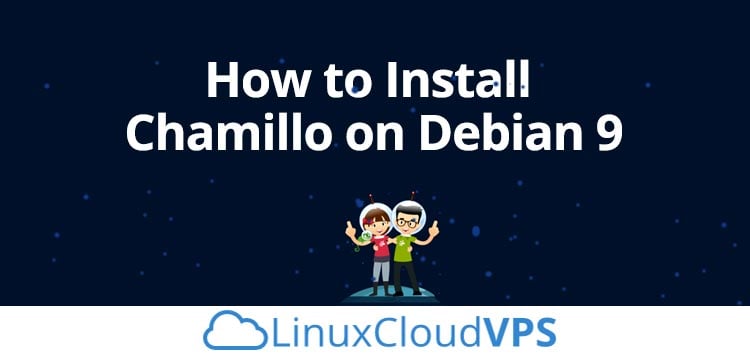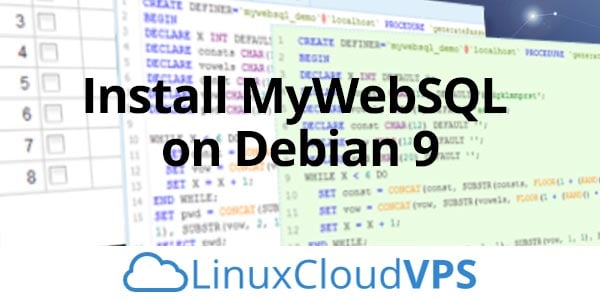While using a GUI to manage our tasks has been the norm over the years, using the command line can give the impression that it would be more complicated. However, the contrary is true. Many feel that some tasks are easier and can be done more efficiently on a command line. You might be used to the ubiquitous Task Manager on Windows, where you just press “Ctrl+Alt+Delete” (or “Ctrl+Shift+Escape”), and you get a list of all processes neatly organized in tabs.
While it might not be as simple as a point-and-click system in Linux, you have an extremely powerful task manager called “htop” instead. Once you get past the small learning curve, you’ll feel much more at home with the command line tool, and it might even be faster compared to its GUI counterpart.
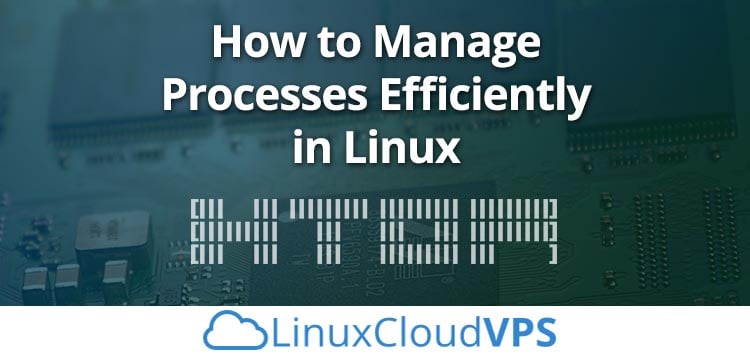
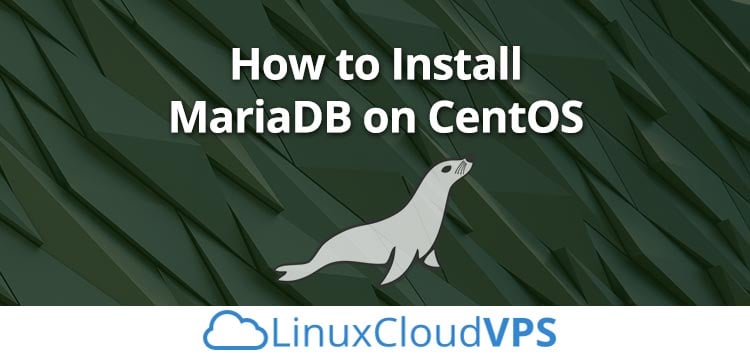
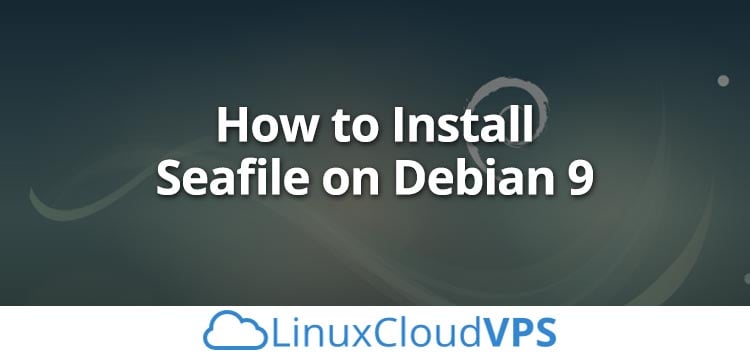

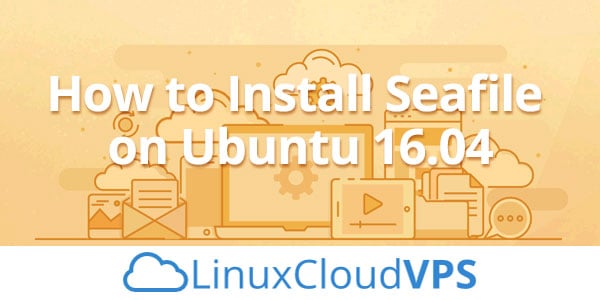
 SeaFile is an enterprise file hosting platform with high reliability and performance, there are Community Edition and Professional Edition. SeaFile Community Edition is an open source file storage system, it is an alternative to DropBox, we can synchronize the files between multiple computers or mobile devices using the Seafile client. In this tutorial, we will provide you with a step by step instruction on how to install SeaFile Community Edition on Ubuntu 16.04.
SeaFile is an enterprise file hosting platform with high reliability and performance, there are Community Edition and Professional Edition. SeaFile Community Edition is an open source file storage system, it is an alternative to DropBox, we can synchronize the files between multiple computers or mobile devices using the Seafile client. In this tutorial, we will provide you with a step by step instruction on how to install SeaFile Community Edition on Ubuntu 16.04.

